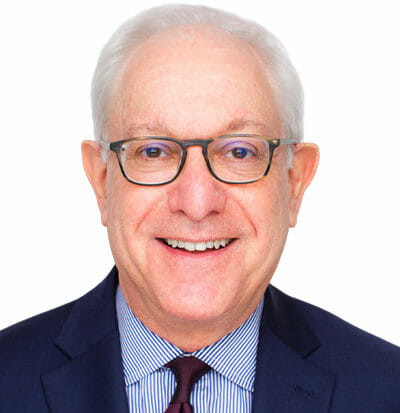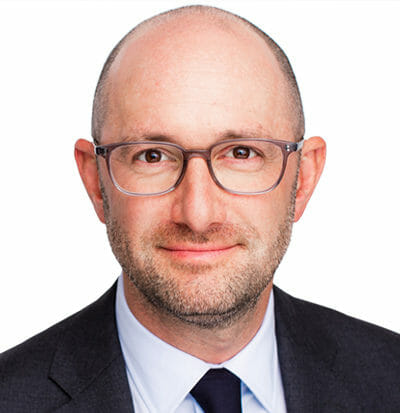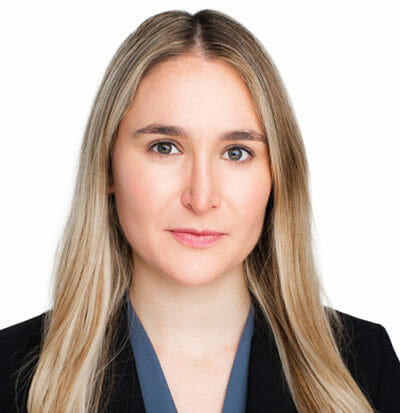By Joseph A. R. Gerber
The Second Circuit in February 2020 upheld a $6.75 million statutory damages award against a New York City real estate developer who whitewashed graffiti art on his property. The decision clarifies standards for analyzing cases under the rarely litigated Visual Artists Rights Act (“VARA”), an amendment to the Copyright Act of 1976 granting artists “moral rights” to control how their work is attributed, used, modified, and destroyed.
Defendant-Appellant Jerry Wolkoff had commissioned Plaintiff-Appellee Jonathan Cohen in 2002 to curate the installation of graffiti art on a series of Wolkoff’s dilapidated warehouse buildings in Long Island City. The resulting space “evolved into a major global center for aerosol art [] attracting thousands of daily visitors, numerous celebrities, and extensive media coverage” that later became known as 5Pointz. Approximately 10,650 works of art were displayed at 5Pointz before it was destroyed.
Wolkoff sought municipal approval to demolish the 5Pointz space in favor of developing luxury apartments on the site in 2013. Learning this, Cohen and other artists sought a temporary restraining order and preliminary injunction from the District Court of the Eastern District of New York, arguing that 5Pointz had become a cultural landmark. The District Court granted a temporary restraining order but denied a preliminary injunction when the order expired. Wolkoff then immediately hired workmen to paint over the 5Pointz space before the District Court issued its written opinion.
Cohen and the other plaintiff-artists then sought damages under VARA’s provisions against the destruction of works of art that have achieved “recognized stature.” The District Court ruled in favor of the artists after a bench trial with an advisory jury, finding that 45 of the paintings on display at 5Pointz had attained “recognized stature” and Wolkoff had willfully destroyed them out of “pure pique and revenge for the nerve of the plaintiffs to sue to attempt to prevent the destruction of their art.”
The Second Circuit affirmed on the back of “a plethora” of evidence that the 5Pointz works had acquired “recognized stature.” The Court also agreed that the evidence entitled the District Court to conclude that Wolkoff destroyed the space willfully. The decision adds three important elements to analyzing artistic stature, willfulness, and damages in cases invoking VARA’s rarely litigated protections.
First, the Second Circuit established a framework for analyzing whether a work has developed “recognized stature.” A work is of “recognized stature” when it is one of “high quality, status, or caliber that has been acknowledged as such by a relevant community,” the Second Circuit concluded, citing cases from the Southern District of New York and the Seventh Circuit. Quality should be the primary factor in assessing “recognized stature,” the Court added. Recalling Justice Holmes’ 1903 caution in Bleistein v. Donaldson Lithographinc Co. against allowing courts to pass judgment on artistic merit, the Court clarified that a court’s decision on artistic quality should be based on opinions from “art historians, art critics, museum curators, gallerists, prominent artists and other experts.” Cohen and his co-plaintiff artists had produced abundant evidence of this kind, including testimony from Cohen himself that the District Court relied on to the Second Circuit’s approval.
Second, the decision clarifies that VARA protects even temporary works of art. Some of the graffiti art on display at 5Pointz had become permanent fixtures of the space before their destruction. However, others had been repeatedly painted over as part of a “rotating wall” of evolving art. Wolkoff argued that the graffiti artists could not invoke VARA’s protection for the works that had been painted over, but the District Court disagreed and the Second Circuit affirmed. “We see nothing in VARA that excludes temporary artwork from attaining ‘recognized stature,’” the Second Circuit reasoned, noting recent critical acclaim for artists like Banksy whose vanishing pieces have emerged as a “major category of contemporary art.” The Second Circuit also relied on its own affirmation of cases finding works embodied “for at least several minutes” as not merely transitory.
Finally, the Second Circuit’s affirmance of $6.75 million dollars in statutory damages (the maximum under VARA) shows a significant recognition of “moral rights”—which US copyright jurisprudence has been reluctant to adopt—and VARA’s place in enforcing them. The Second Circuit rejected Wolkoff’s challenge to the amount of the award, specifically noting that a maximum award could serve to deter Wolkoff and other building owners from destroying artistic structures in lieu of following VARA’s notice provisions.
The decision may not serve as a categorical deterrent, however. Statutory damages are only available in cases where a violation of VARA is willful. A “willful” act is one conducted with knowledge of its unlawfulness or reckless disregard of the possibility of unlawfulness. In this case, the writing was on the wall for Wolkoff. VARA’s statutory notice provisions require building owners to provide 90 days’ written notice of plans to remove their artwork. Wolkoff testified that he chose to whitewash the building “instead of waiting for three months” and that he “would make the same decision today,” despite knowing at the time that the artists had advanced VARA claims.
Evidence of Wolkhoff’s deliberate refusal to follow VARA’s notice provisions was particularly compelling in this case. The Second Circuit agreed with the District Court in finding it “most troubling” that Wolkhoff chose to whitewash the building at all. He could have allowed the artists an opportunity to photograph or otherwise preserve their art, the Second Circuit emphasized. He instead chose to whitewash the artwork immediately after the district court denied the preliminary injunction in an oral ruling and before issuing a written opinion. However, the Second Circuit did not discuss what would be necessary for a threshold showing of willfulness. Further guidance on what constitutes “willfulness” would be a welcome next step in VARA case law.

















































